Of course we weren't going to just wait and see what it is. I went ahead and installed it on my VMware. Check out a couple of print screens here... (I'll add more as they come)
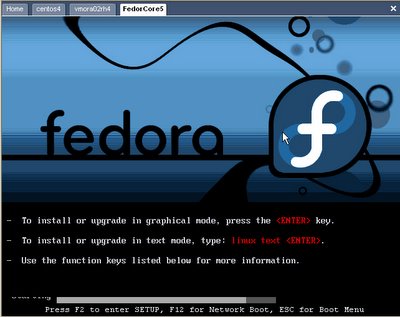
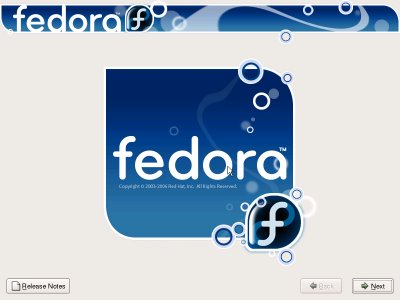



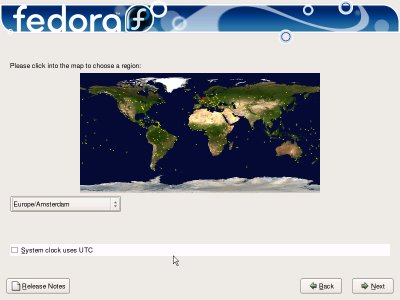

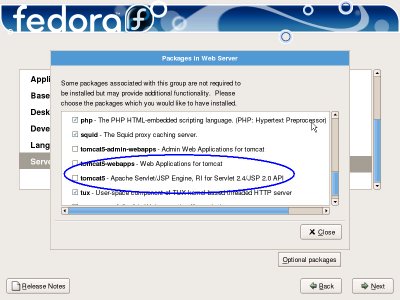




What I observed here quickly is...
- The look is getting a lot slicker, I mean if Redhat has to compete with those slicker looking models like Mandriva and Ubuntu, it has to start working really hard on the looks. You won't win the desktop market if you keep looking pale.
- Clear segregation of properties like the base, applications etc
- Lots of new features like Tomcat5 and all other binaries like Xerces, Oro, log4j etc
- I hope the support for Samba3 and also Samba4 gets a lot more attention and more intuitive interface where connecting to Windows networks.
And to close some more pretty screens (upon restarting)
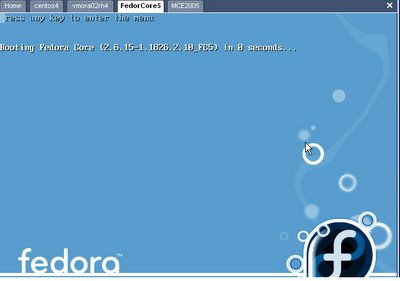


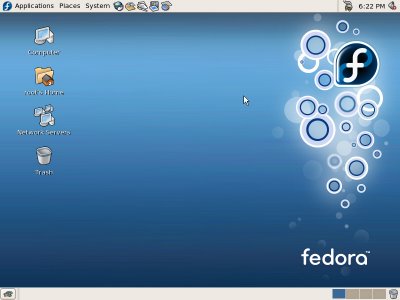
Funny thing is I did install VMware tools and they didn't complain really, I just couldn't pick resolution of my choice.
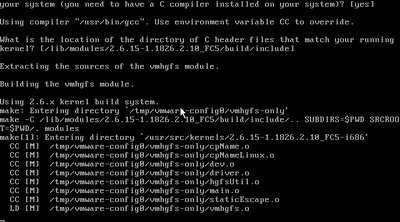
I'm sure we'll find a way soon to install VMware WKS on it, but don't forget that Xen is ported with these releases.
Comments
Post a Comment